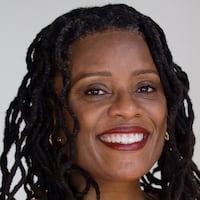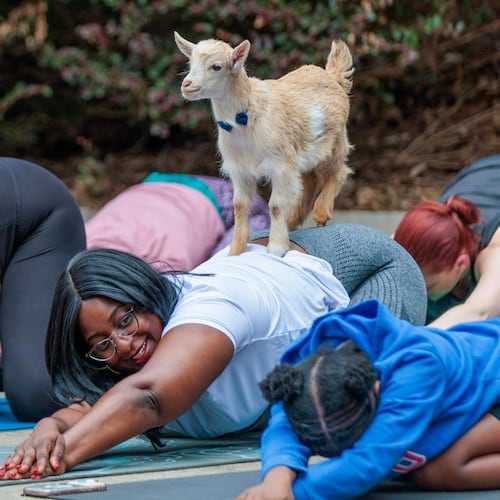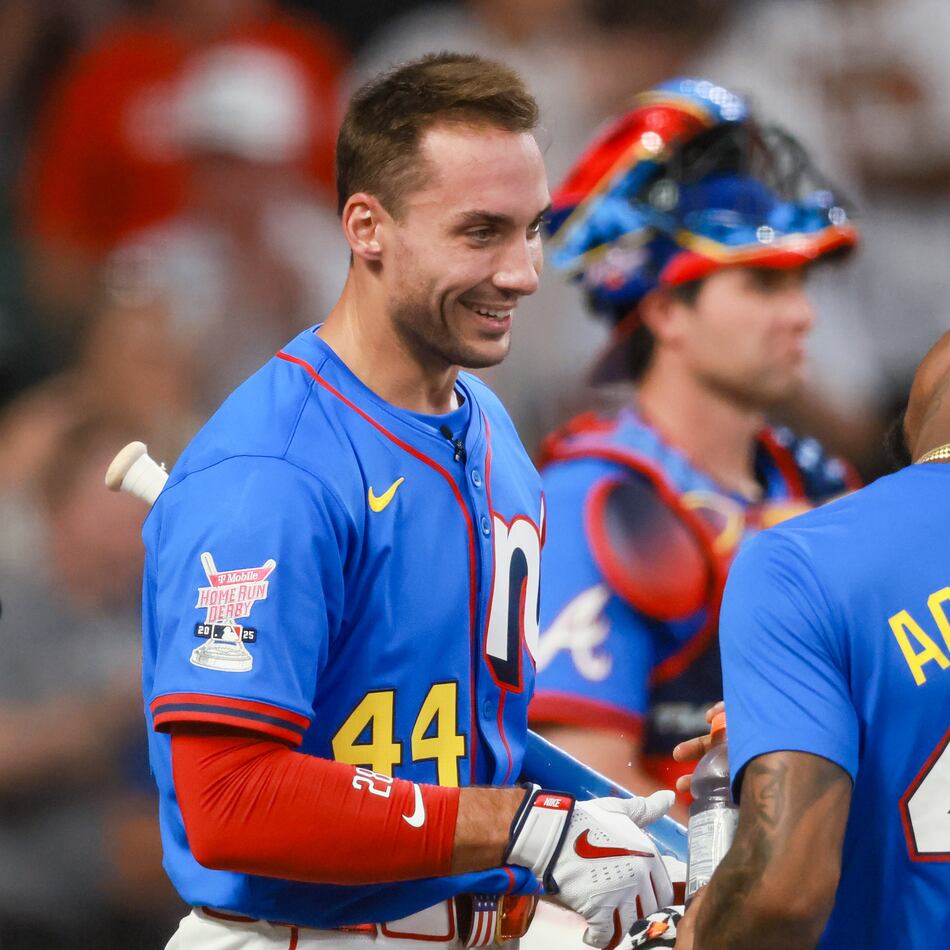Cue the action music.
Starved, bone-weary and fearful, a Union officer makes a daring escape from the squalid Georgia Civil War prison camp, Andersonville. But he can't forget the soldiers he left behind and the vow he made to rescue them. Once free, he makes a pact with an ex-Confederate soldier of dubious character to launch an audacious raid on the camp.
If this was a movie, Gene Hackman certainly could have been cast in a pivotal, if not starring, role. Perhaps as the shady ex-soldier who gets to say lines like, "It's a world full of blackguards and bastards and full-breasted women, my dear Captain."
That's an actual line but not from a screenplay. It's from the new historical novel "Escape From Andersonville," written by Hackman and co-author Daniel Lenihan, a noted underwater archaeologist. This is the third book the two have written together over 12 years.
"Andersonville" is something of an action novel and revolves around the notorious Civil War prison camp also known as Camp Sumter, near Americus. Originally designed for 8,000 prisoners, it became gorged with 45,000. More than 13,000 Union soldiers died there during the 14 months it existed. Only a handful escaped.
On Friday, Hackman and Lenihan will read at the Atlanta History Center from their imagining of what would have happened after one of those escapes.
How long have you been a Civil War buff?
Hackman: I don't know that I'm really a Civil War buff. We started this project quite some time ago. Originally it was just supposed to be about the Mississippi River and the riverboats during the Civil War. It just kind of grew from there.
Why Andersonville as a focus for a war novel?
Lenihan: I think when the idea of Andersonville came up in some of our discussions was after we had been discussing the sinking of the [American steamboat] Sultana. Most of the people who died in that were from Andersonville or Cahaba [prison camps]. Then the idea that this point in the nation's history where things were so dark and bloody on the battlefield that there was probably one worse place to be and that was off the battlefield [at Andersonville].
Did you visit Andersonville?
H: Yes, we did. About a year and a half ago. And it was disappointing to me. It's a national park now and it looked more like a nice manicured golf course with a few cannons and remnants here and there. We had done some reading on it, and it was a hellhole. And then when we were halfway through the novel, to visit it, it was just very strange.
L: The Park Service is managing all those [Civil War battlefields] and it's a tough row to hoe. Without phonying it up, without putting tacky stuff and everything, what you really have is just grass. After it had come alive to us so much, I remember Gene standing there, and I asked him what was on his mind, and he said, "This is really hard to take, everything we've been reading and put it out in that peaceful-looking green field just didn't seem right."
Who did the research for the book? The two of you or your assistants?
H: My wife. I don't do computers.
L: I work on historical shipwrecks for the park service. And I had access to different archival information from work we did on the [Confederate] Civil War submarine Hunley and the CSS [raiders] Alabama and the Shenandoah. Neither one of us really had any kind of a formalized background in Civil War research, but we ended up spending a lot of time in libraries after we got started.
What's your writing process?
H: We pass our pages every five or six days. And we meet at least once a week to discuss what we're doing, and we have a loose outline of where we're going with the piece and kind of noodle that around to see if we're on track.
Did one person write one main character?
H: I wrote Marcel [LaFarge, the shady ex-soldier], and Dan wrote Nathan [Parker, the Union officer]. But sometimes we would write from the other character's point of view, and usually we'd get permission from the other person to see if that was all right. It would get a little bit tricky at times.
How did you start writing together?
H: Dan taught my wife and I to scuba dive because I was going to do a film in the Caribbean. Then we became friendly and at lunch one day we started talking about the kind of books we liked, and I said, Jack London and [Ernest] Hemingway. Then one of us said, gee, why don't we write a book? Now I've never written, I mean, I barely finished high school. But I went home and wrote a chapter of a storm-at-sea-swashbuckling adventure, and it wound up being a chapter in a book.
Any plans to turn "Escape" to a screenplay and maybe get it produced?
H: I suppose if somebody was interested in it, but we don't have any real ideas to produce this.
So what's your next film?
H: I'm pretty much retired.
About the Author
Keep Reading
The Latest
Featured


